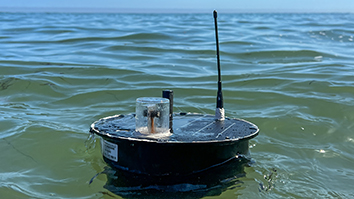Citation
Kaeppler, S. R., Nicolls, M. J., Stromme, A., Kletzing, C. A., & Bounds, S. R. (2014). Observations in the E region ionosphere of kappa distribution functions associated with precipitating auroral electrons and discrete aurorae. Journal of Geophysical Research-Space Physics, 119(12).
Abstract
Precipitating auroral electrons can produce discrete auroral arcs that contain signatures of the magnetospheric auroral source region. Differential number flux observations over two discrete aurorae were obtained by the Auroral Currents and Electrodynamics Structure sounding rocket mission, which successfully launched in 2009. These observations were made at E region altitudes of approximately 130 km. A model of precipitating auroral electrons as described by Evans (1974) was fit to the electron differential number flux obtained by the payloads, and parameters from the model were used to infer properties of the auroral source region. It is shown that the field-aligned precipitating electrons were better fit by a kappa distribution function versus a Maxwellian distribution function for the equatorward side of the first, quasi-stable, auroral arc crossing. The latter half of the first auroral arc crossing and second auroral crossing show that the precipitating electrons were better fit by a Maxwellian distribution function, which provides additional observational confirmation of previous studies. The low-energy electron population determined by the Evans (1974) model was within a factor of 2 of the observed differential number flux. The source region parameters determined from fitting the model to the data were compared with relevant studies from sounding rockets and satellites. Our observations are consistent with the results of Kletzing et al. (2003) that the plasma sheet electrons mapping to auroral zone invariant latitudes are characterized by kappa distribution functions.


